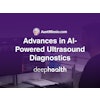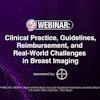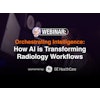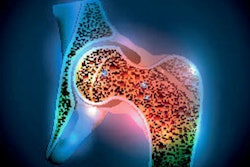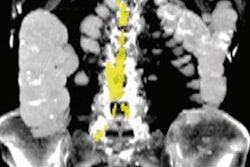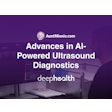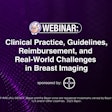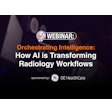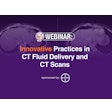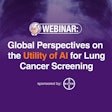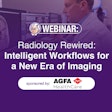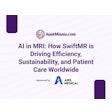
New technologies are dramatically changing our ability to screen for osteoporosis and detect changes in bone health at an earlier stage -- enabling the earlier delivery of treatments. Learn more about them in this webinar, originally recorded on September 21.
For example, opportunistic screening enables medical images acquired for other uses -- like CT and digital x-ray -- to be analyzed to detect signs of osteopenia and osteoporosis. Other technologies like artificial intelligence are also being applied for osteoporosis screening and analysis.
These advances promise to make bone health assessment more convenient and cost-effective for both clinicians and patients. Learn more about them in this webinar, featuring the following key opinion leaders:
Dr. Perry Pickhardt serves as the chief of gastrointestinal imaging and medical director of cancer imaging at the University of Wisconsin School of Medicine and Public Health. Dr. Pickhardt's work in abdominal imaging has resulted in over 500 scientific publications and book chapters, as well as multiple textbooks. His most recent research has focused on opportunistic screening using abdominal CT.
Dr. Ronnie Sebro is senior associate consultant and professor of radiology, orthopedics, and quantitative health sciences at the Mayo Clinic College of Medicine and Science in Jacksonville, Florida. Dr. Sebro has published research on machine learning for the prediction of osteopenia and osteoporosis based on CT scans; causal associations between diseases and imaging findings based on their simultaneous occurrence in radiology reports; and racial and ethnic diversity among students, graduates, and faculty in biostatistics and epidemiology.
Dr. Leon Lenchik is professor of radiology and division chief of musculoskeletal imaging at Wake Forest University School of Medicine. He has over 20 years of research experience in quantitative imaging, focusing on sarcopenia, adiposity, and osteoporosis, spanning a range of technologies, including CT, MRI, and DEXA. His current research focuses on validation, automation, and implementation of novel CT measurements in the evaluation of body composition.
Click on the link below to view the webinar.
